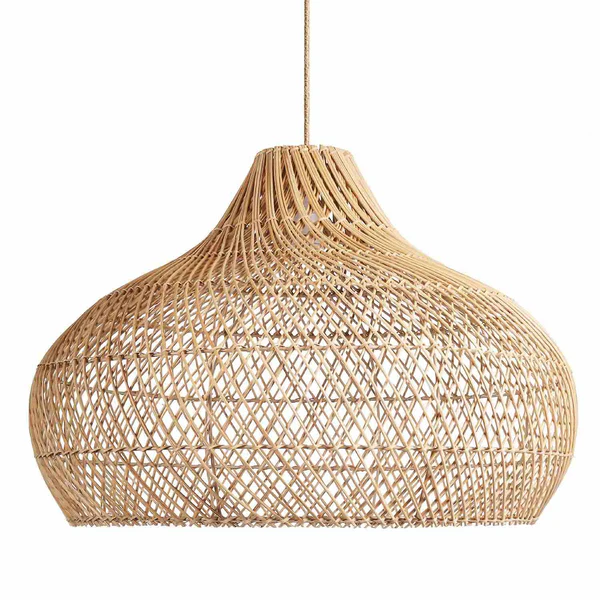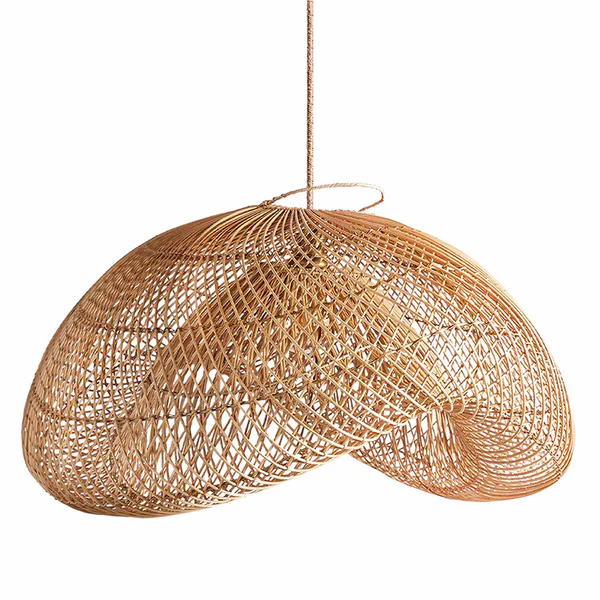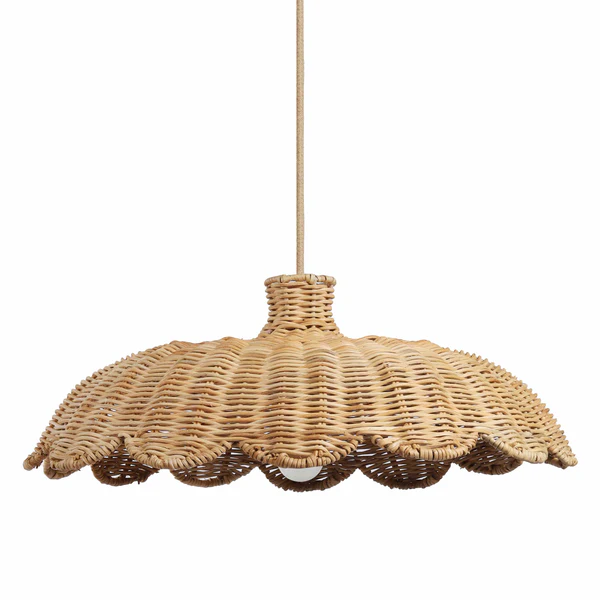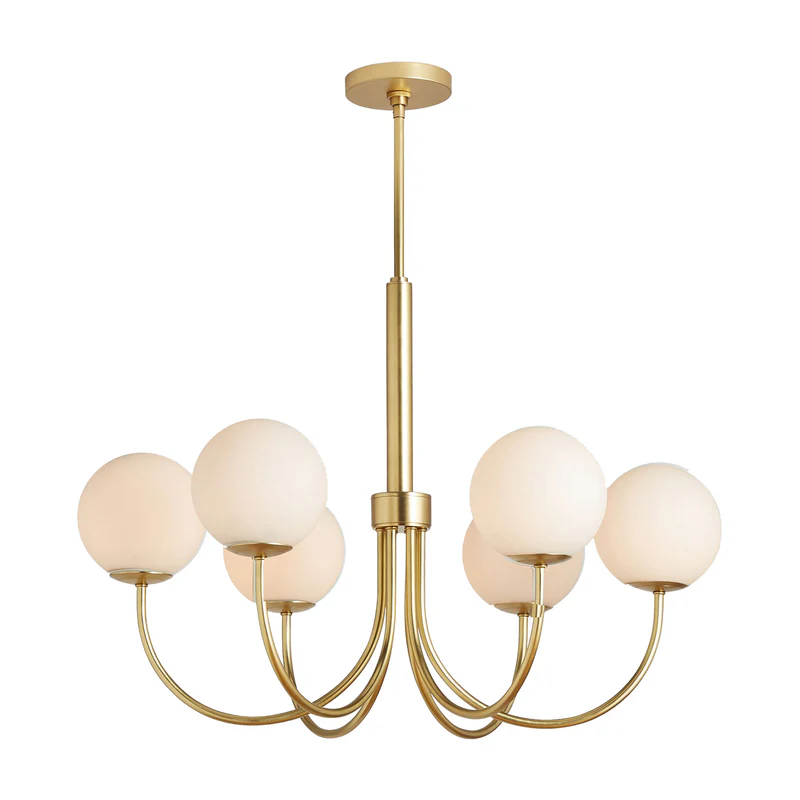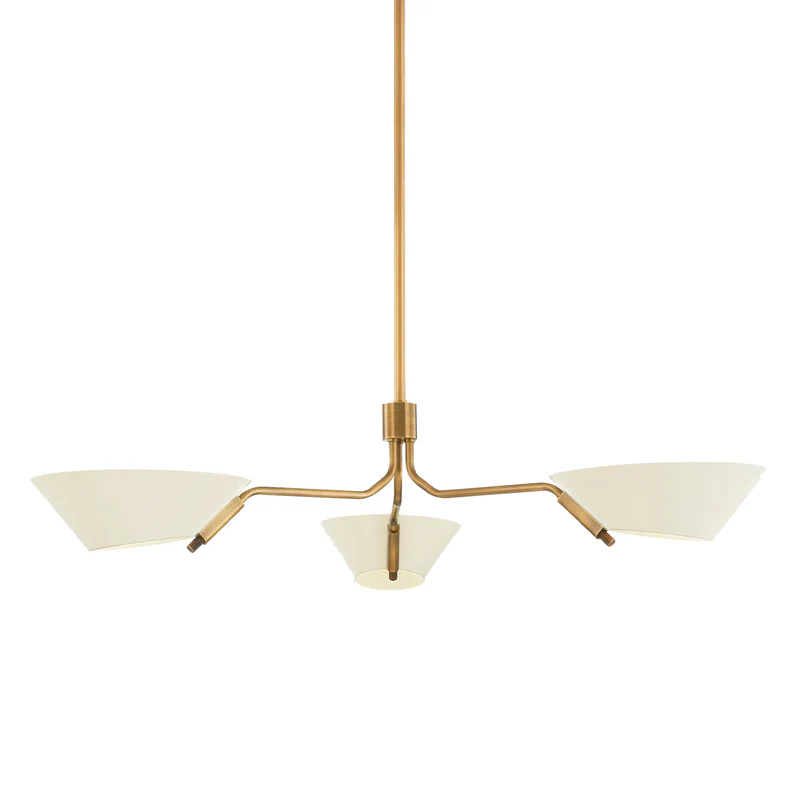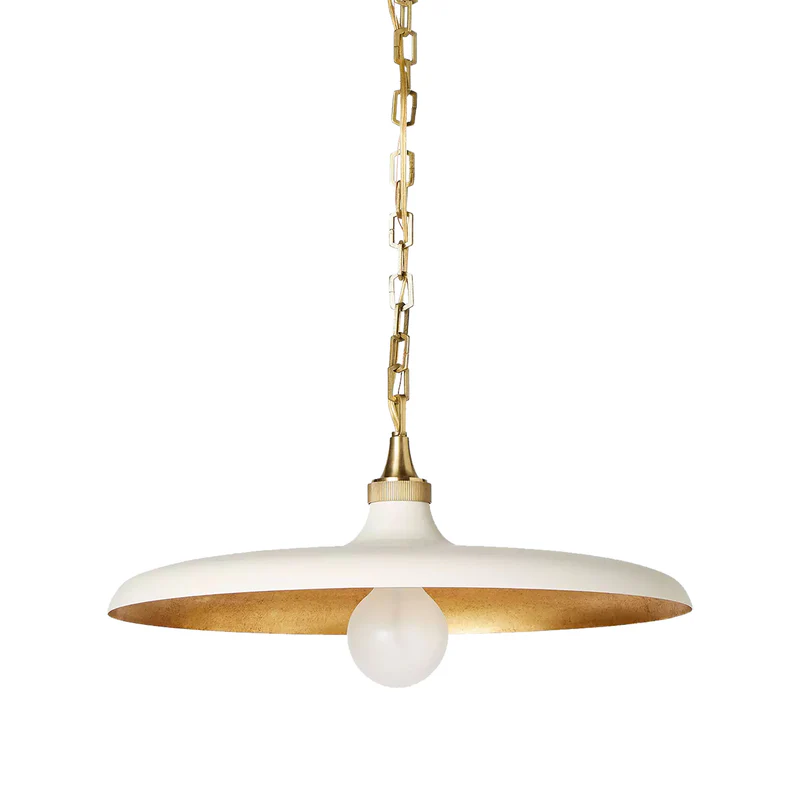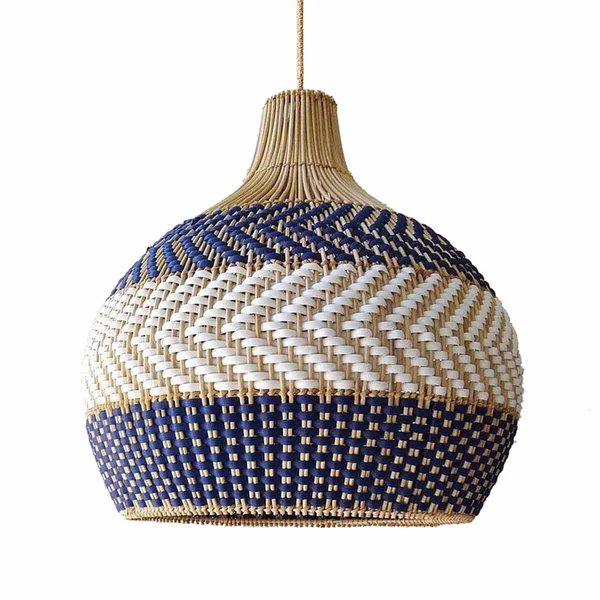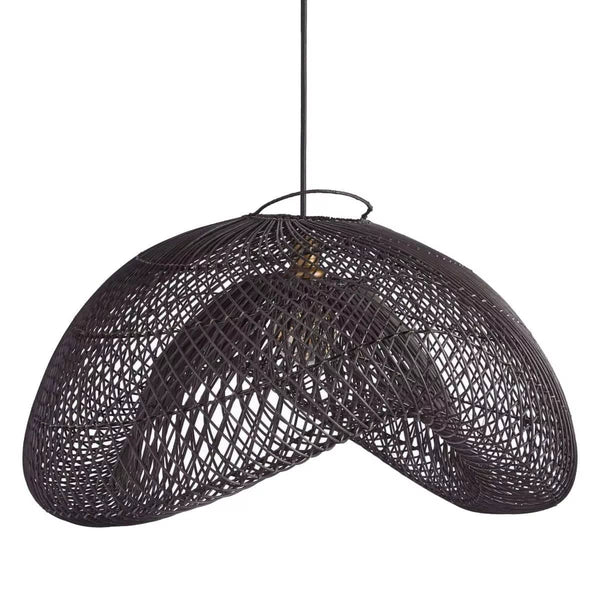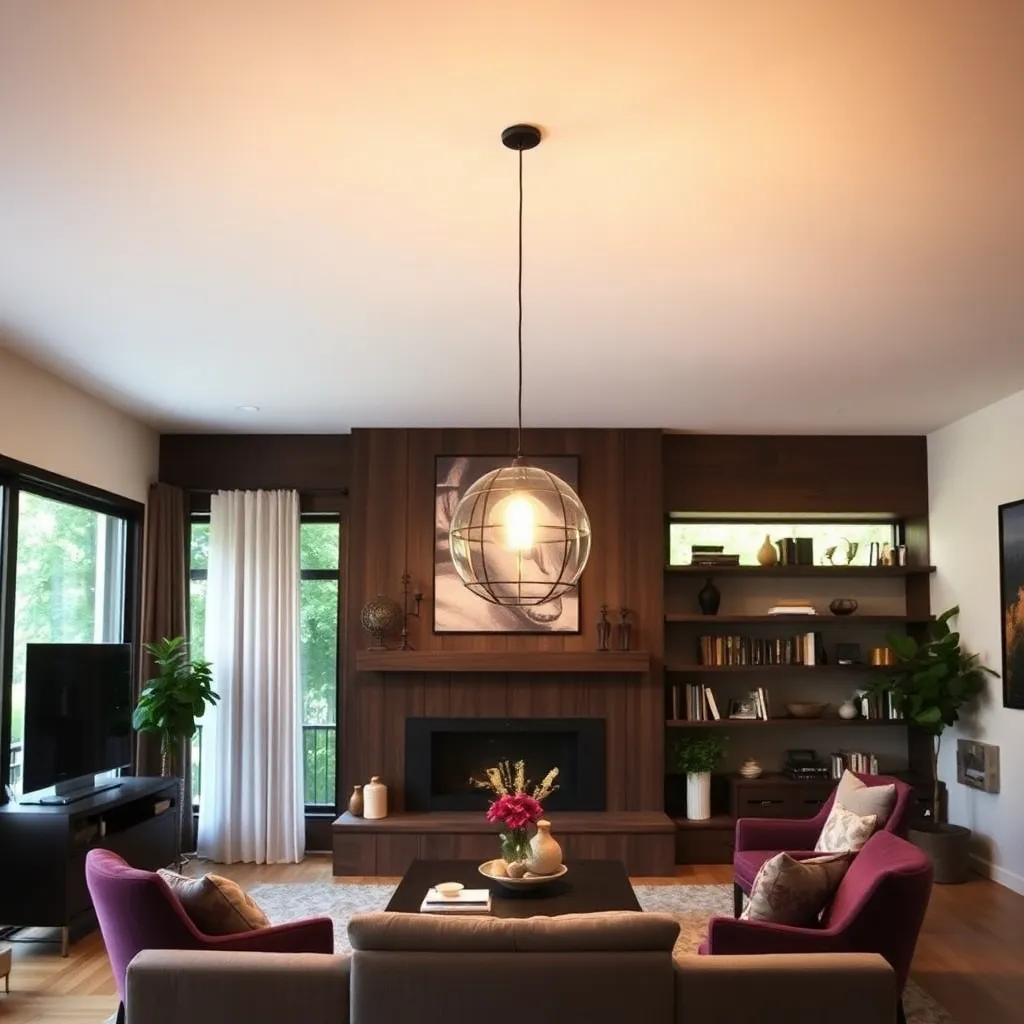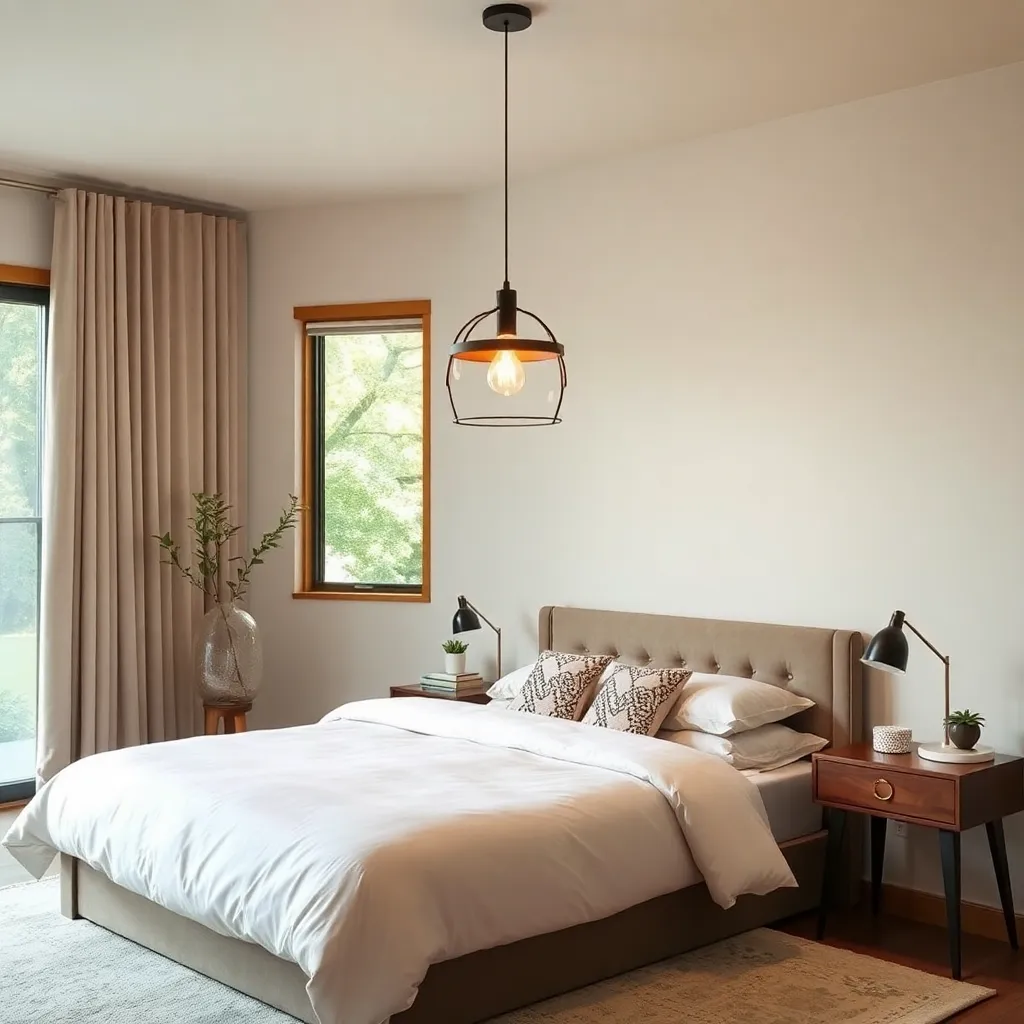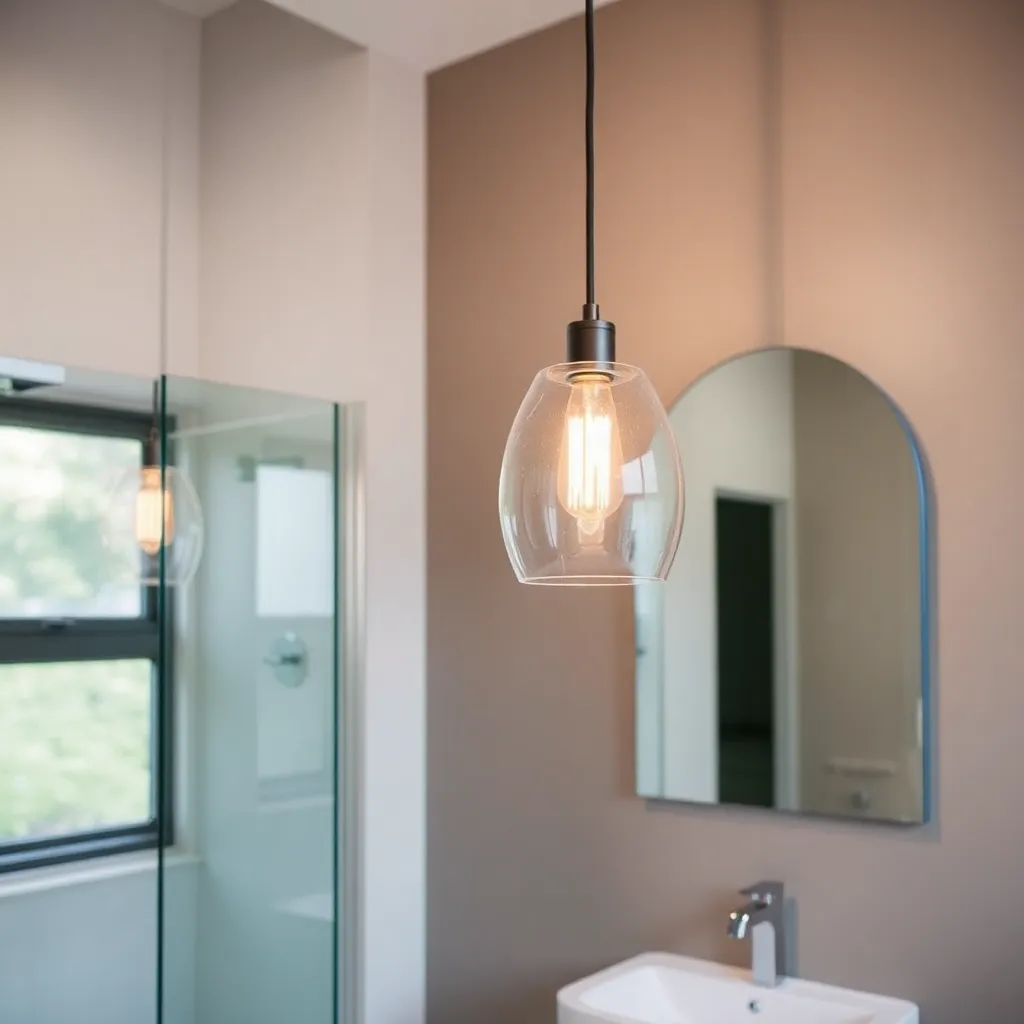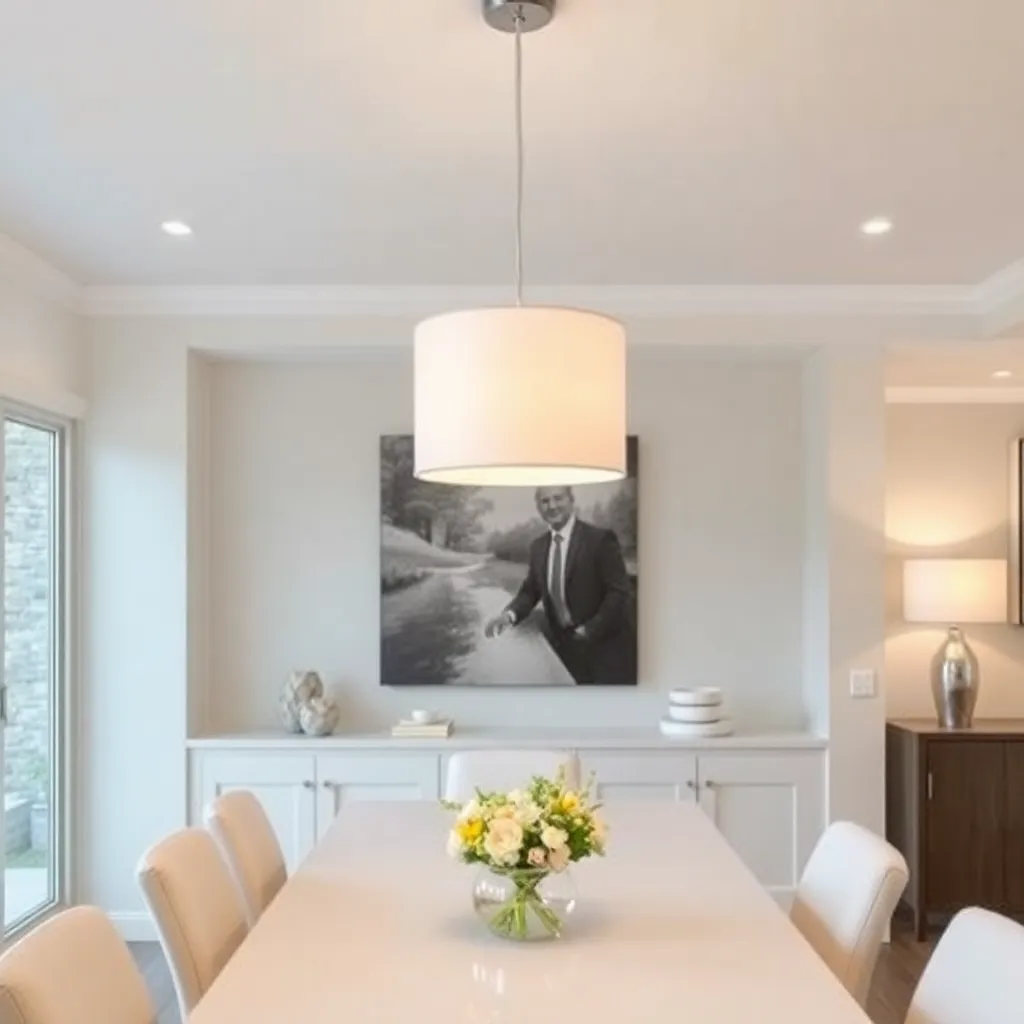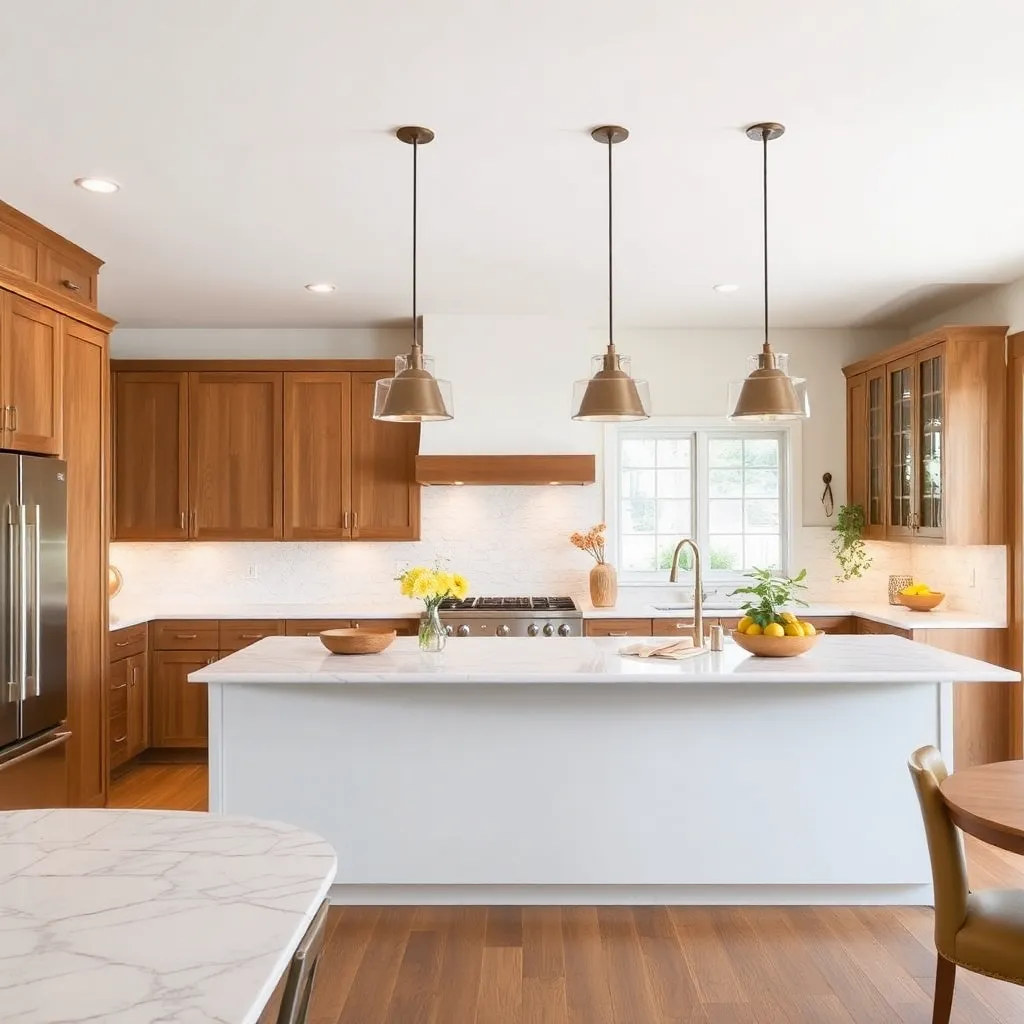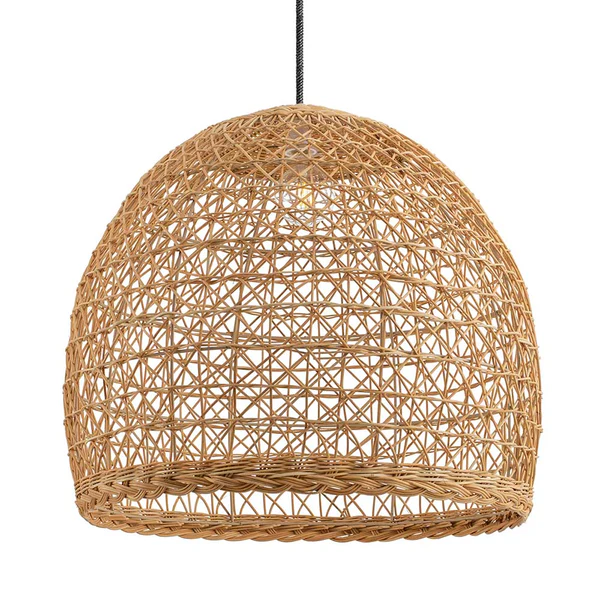
Pendant lights are suspended fixtures that provide focused illumination and serve as decorative focal points. They offer versatile functionality, transforming spaces with elegant presence. Modern LED pendant lights consume significantly less energy than traditional bulbs while maintaining comparable brightness levels.
Top 5 Types of Pendant Lights Currently Trending
- Sculptural Pendants: These fixtures serve as artistic focal points while providing functional lighting.
- Nature-Inspired Designs: Pendants made from natural materials like wood or rattan are gaining popularity for their aesthetic appeal.
- Minimalist Styles: Sleek lines and simple designs characterize contemporary pendants that fit seamlessly into modern interiors.
- Vintage-Inspired Fixtures: Retro designs that evoke nostalgia continue to be favored among homeowners looking for unique styles.
- Oversized Pendants: Large-scale fixtures that create dramatic visual impact are trending in dining areas and kitchens.
Introduction to pendant lights
Pendant lights are the unsung heroes of interior design. They transform spaces with their elegant presence and versatile functionality. At Lighting a Greener Future, we’re passionate about these suspended marvels.
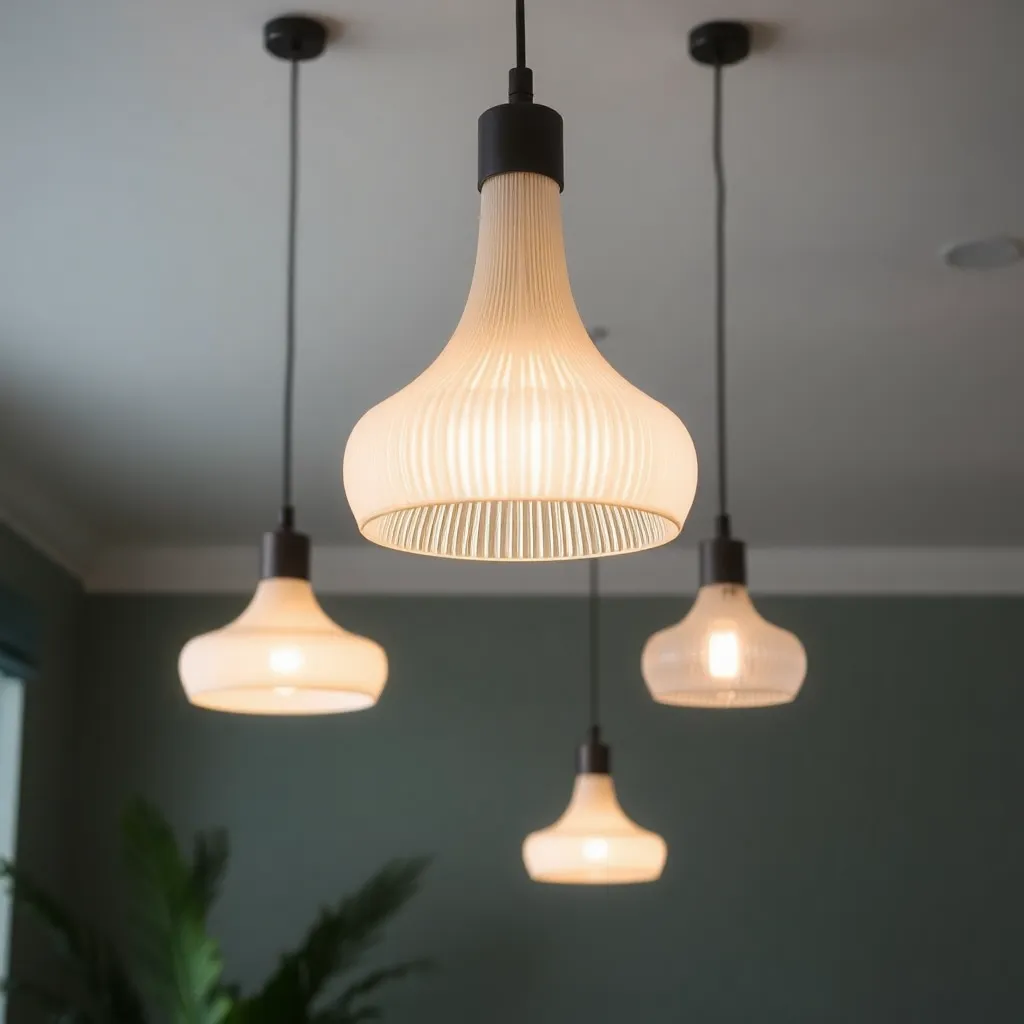
Definition and basic concepts
Pendant lights are suspended fixtures that hang from ceilings. They provide focused illumination and serve as decorative focal points. The bulb connects to the fixture via a chain or cord.
Historical evolution of suspended illumination
Hanging lamps have a rich history. They’ve evolved from simple oil lamps to today’s sophisticated designs. The journey fascinates me. Ancient civilizations used rudimentary suspended lights. Now, we have LED pendant lights that consume 80% less energy than traditional bulbs.
The versatility of hanging lamps in modern interiors
Pendant lights are chameleons of interior design. They adapt to various styles and spaces. From minimalist to vintage-inspired, there’s a pendant for every taste. They’re not just lights; they’re artistic statements.
Have you ever wondered how a single pendant can change a room’s entire atmosphere? The possibilities are endless.
Design and aesthetics of pendant lights
The aesthetics of pendant lights can make or break a space. They’re not just about illumination; they’re about creating ambiance and style.
Styles and materials: From rustic to industrial
Pendant lights come in a dazzling array of styles. Rustic wooden pendants bring warmth to spaces. Industrial metal fixtures add urban edge. Glass pendants offer elegant sophistication.
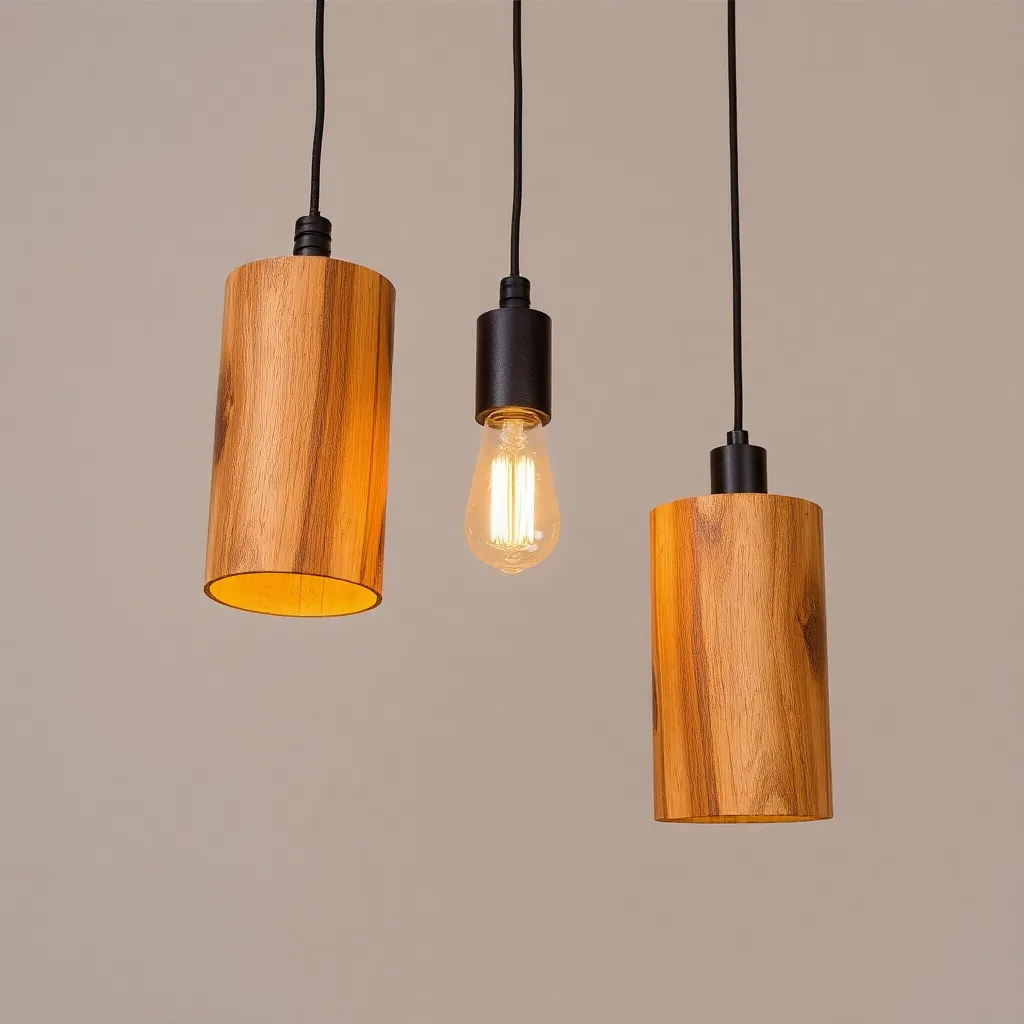
Contemporary pendants use innovative materials like satin and hemp. These materials enhance both aesthetics and light quality. They’re pushing the boundaries of lighting design.
The choice of material affects more than just looks. It influences light diffusion and overall ambiance. A fabric shade creates soft, diffused light. A metal shade provides focused, directional illumination.
The impact of shape and size on ambiance
Shape and size are crucial in pendant lighting design. They can dramatically alter a room’s feel. Oversized pendants make bold statements. Multi-light pendants offer flexibility and visual interest.
A large drum pendant can create a cozy atmosphere in a living room. Small globe pendants over a kitchen island provide task lighting and visual rhythm.
Pendant shape affects light distribution. A cone-shaped pendant directs light downward. A sphere spreads light more evenly.
Color temperature and its effect on mood
Color temperature is a game-changer in lighting design. It can transform the mood of a space. Warm light (2700-3000K) creates a cozy, intimate atmosphere. Cool light (5000-6500K) promotes alertness and focus.
I believe warm light is overused in residential settings. Cool light has its place, especially in workspaces and kitchens.
Many modern pendants offer adjustable color temperatures. This feature allows users to customize the ambiance throughout the day.
| Color Temperature | Mood | Suitable Spaces |
|---|---|---|
| Warm (2700-3000K) | Cozy, intimate | Living rooms, bedrooms |
| Neutral (3500-4100K) | Balanced, natural | Kitchens, dining rooms |
| Cool (5000-6500K) | Energizing, focused | Home offices, bathrooms |
Balancing form and function in overhead illumination
The best pendant lights strike a balance between form and function. They’re not just pretty; they’re practical too. A well-designed pendant provides adequate illumination without sacrificing style.
Consider the task at hand when choosing a pendant. Kitchen pendants should provide bright, focused light. Living room pendants might prioritize ambiance over brightness.
Don’t forget about glare. A poorly placed pendant can cause discomfort. Proper placement and appropriate shades mitigate this issue.
Misconception: Pendant lights are only decorative
This is a common misconception. While pendants are indeed decorative, they’re also highly functional. They provide essential task lighting and ambient illumination in various settings.
In kitchens, pendants offer crucial task lighting over islands and countertops. In dining rooms, they create intimate atmospheres for meals. In bedrooms, they can serve as stylish alternatives to table lamps.
Pendant Light by Room
Technical aspects and installation
Understanding the technical side of pendant lights is crucial for optimal performance and safety.
Wiring and mounting: Ensuring safe installation
Proper installation is paramount for pendant lights. It ensures safety and optimal performance. Always consult a professional electrician for complex installations.
The wiring connects the pendant to your home’s electrical system. It’s the lifeline of your fixture. Ensure it’s properly insulated and rated for the voltage.
The mounting bracket supports the entire fixture. It must be securely attached to a ceiling joist or electric box. Never hang a pendant from drywall alone.
Choosing the right bulb: LED vs. traditional options
Bulb choice significantly impacts your pendant’s performance. LEDs are the future of lighting. They’re energy-efficient and long-lasting.
LED pendants consume up to 80% less energy than traditional incandescent bulbs. They also last much longer, reducing replacement frequency.
However, some argue that LEDs lack the warmth of traditional bulbs. Modern LED technology has largely addressed this concern. Many LEDs now offer warm color temperatures and excellent color rendering.
Adjustability and dimming capabilities
Flexibility is key in modern lighting design. Many pendant lights offer adjustable heights and dimming capabilities.
Adjustable pendants allow you to customize the light’s position. This feature is particularly useful over dining tables or in spaces with varying ceiling heights.
Dimming adds another layer of control. It allows you to adjust the light intensity to suit different moods and activities.
What’s your favorite feature in a pendant light? Adjustability? Dimming? Or something else entirely?
Energy efficiency and sustainability in modern fixtures
At Lighting a Greener Future, we’re committed to sustainable lighting solutions. Modern pendant lights are at the forefront of energy efficiency.
LED technology has revolutionized lighting efficiency. It provides comparable brightness levels while consuming significantly less energy.
But efficiency goes beyond just the bulb. The materials used in pendant construction also play a role. Sustainable materials like bamboo and recycled glass are gaining popularity.
Common errors in pendant light placement
Proper placement is crucial for pendant lights. Common errors can detract from their functionality and aesthetic appeal.
One frequent mistake is hanging pendants too high or too low. As a general rule, pendants should be hung 28-38 inches above countertops or tables.
Another error is not considering the room’s proportions. A small pendant in a large room can look lost. Conversely, an oversized pendant in a small space can be overwhelming.
Applications and trends in pendant lighting
Pendant lights are versatile fixtures that find applications in various settings. Their popularity continues to grow, driven by innovative designs and expanding functionality.
Task lighting: Illuminating work spaces effectively
Pendant lights excel at providing focused illumination for specific tasks. In kitchens, they offer crucial lighting over islands and countertops. Their focused beam ensures adequate visibility for food preparation and cooking.
In home offices, pendants can provide direct light over desks. This targeted illumination reduces eye strain during long work hours. The key is proper placement to avoid glare on computer screens.
Creating focal points in interior design
Pendant lights are powerful tools for creating visual interest in a space. They draw the eye upward, adding depth to room designs. A statement pendant can serve as a room’s centerpiece, anchoring the entire design scheme.
In open-plan spaces, pendants help define different areas. They create visual boundaries without physical barriers. This technique is particularly effective in modern, multi-functional living spaces.
Clusters of pendants offer another way to create dramatic focal points. Grouped pendants over a dining table or in a stairwell can create a stunning visual impact.
Multi-light pendants: Clusters and arrangements
The trend of multi-light pendants continues to gain momentum. These fixtures offer flexibility in both design and function. They allow for creative arrangements that can be tailored to specific spaces.
Linear arrangements work well over long tables or kitchen islands. They provide even illumination across the entire surface. Clustered arrangements create more organic, sculptural forms. These can be particularly effective in entryways or over staircases.
Multi-light pendants also offer practical benefits. They allow for customizable lighting levels. You can turn on one, some, or all of the lights depending on your needs.
Smart integration: The debate on connected lighting
The integration of smart technology into pendant lights is a hot topic. Smart pendants offer features like remote control, scheduling, and integration with home automation systems.
Proponents argue that smart integration enhances convenience and energy efficiency. You can easily adjust your lighting from your smartphone or voice assistant. Scheduled lighting can simulate occupancy when you’re away, enhancing home security.
However, critics raise concerns about privacy and over-complication. I believe the benefits of smart lighting outweigh these concerns. As technology improves, these systems will become more secure and user-friendly.
Pendant lights in commercial and residential spaces
Pendant lights have transcended their traditional residential role. They’re now common fixtures in commercial spaces as well. Restaurants, hotels, and retail stores all utilize pendants for their blend of functionality and style.
In residential settings, pendants have moved beyond kitchens and dining rooms. They’re now found in bedrooms, bathrooms, and even outdoor spaces. This versatility speaks to their enduring popularity.
The global pendant lighting market reflects this trend. It’s projected to reach a market volume of approximately $100.10 billion by 2029, growing at a CAGR of 3.67% from 2024 to 2029.
The future of illumination: Beyond traditional pendant lights
The world of pendant lighting is constantly evolving. New technologies and design philosophies are pushing the boundaries of what’s possible.
Biophilic design: Nature-inspired suspended fixtures
Biophilic design is gaining traction in the lighting world. This approach seeks to connect occupants with nature through design elements. In pendant lighting, this translates to fixtures inspired by organic forms and natural materials.
Pendants made from wood, rattan, or bamboo are increasingly popular. These materials bring warmth and texture to spaces. They also align with broader trends towards sustainability in design.
Nature-inspired shapes are also trending. Pendants mimicking leaves, flowers, or water droplets create a connection to the natural world. These designs can have a calming effect on occupants, promoting well-being.
Innovations in light-emitting materials
The future of pendant lighting may not involve traditional bulbs at all. Researchers are developing new light-emitting materials that could revolutionize lighting design.
Organic light-emitting diodes (OLEDs) offer exciting possibilities. These thin, flexible panels can be integrated into pendant designs in novel ways. They provide soft, uniform illumination without the need for separate diffusers.
Another promising technology is electroluminescent materials. These can be woven into fabrics or applied as coatings. Imagine a pendant shade that glows softly, becoming the light source itself.
Choosing and maintaining your pendant lights
Selecting the right pendant light is crucial for achieving your desired lighting effect. Proper maintenance ensures your fixtures continue to perform optimally.
Factors to consider when selecting hanging lamps
Choosing the perfect pendant involves several considerations:
- Room size and ceiling height
- Desired light output and distribution
- Style compatibility with existing decor
- Energy efficiency and sustainability
- Installation requirements
Consider the fixture-to-bulb relationship. The shade design affects light distribution. Opaque shades direct light downward, while translucent shades provide more ambient illumination.
Lighting a greener future: Eco-friendly pendant options
At Lighting a Greener Future, we’re committed to sustainable lighting solutions. Eco-friendly pendant options are increasingly available and effective.
Look for pendants made from recycled or sustainable materials. Glass, metal, and wood can all be sourced sustainably. Some manufacturers even use reclaimed materials in their designs.
Energy efficiency is another key factor. LED pendants offer significant energy savings over traditional options. Many are also designed for easy bulb replacement, extending the fixture’s lifespan.
Cleaning and care for various pendant materials
Proper maintenance ensures your pendants continue to shine bright. Different materials require different care approaches.
- Glass pendants: Use a soft, damp cloth for regular dusting. For deeper cleaning, a mixture of mild soap and water works well.
- Metal pendants: A dry microfiber cloth is usually sufficient. For tougher grime, use a cloth dampened with a vinegar-water solution.
- Fabric shades: Regular vacuuming with a soft brush attachment helps maintain appearance. Spot clean as needed with a gentle fabric cleaner.
Always turn off and allow pendants to cool before cleaning. For complex or delicate fixtures, consider professional cleaning services.
Adapting suspended fixtures for different room types
Pendant lights can adapt to various room types with thoughtful selection and placement.
In kitchens, focus on task lighting over work areas. Consider adjustable pendants for flexible illumination. In living rooms, prioritize ambient lighting and decorative appeal. Large, statement pendants can serve as room centerpieces.
For bedrooms, softer, diffused light creates a relaxing atmosphere. Consider pendants with opaque or frosted shades. In bathrooms, ensure the fixtures are rated for damp environments.
Upgrading your space: When to replace your overhead illumination
Knowing when to upgrade your pendant lights can refresh your entire space. Consider replacement if:
- Your current fixtures are outdated or no longer match your decor
- You’re not achieving desired light levels or distribution
- Energy bills are high due to inefficient old fixtures
- Repairs become frequent or costly
Upgrading to modern LED pendants can significantly improve both aesthetics and energy efficiency. It’s an investment in both style and sustainability.
In conclusion, pendant lights offer a captivating blend of form and function. They’re not just fixtures; they’re design elements that can transform spaces. As we look to the future, pendant lights will continue to evolve, offering ever more exciting possibilities for illuminating our world.

